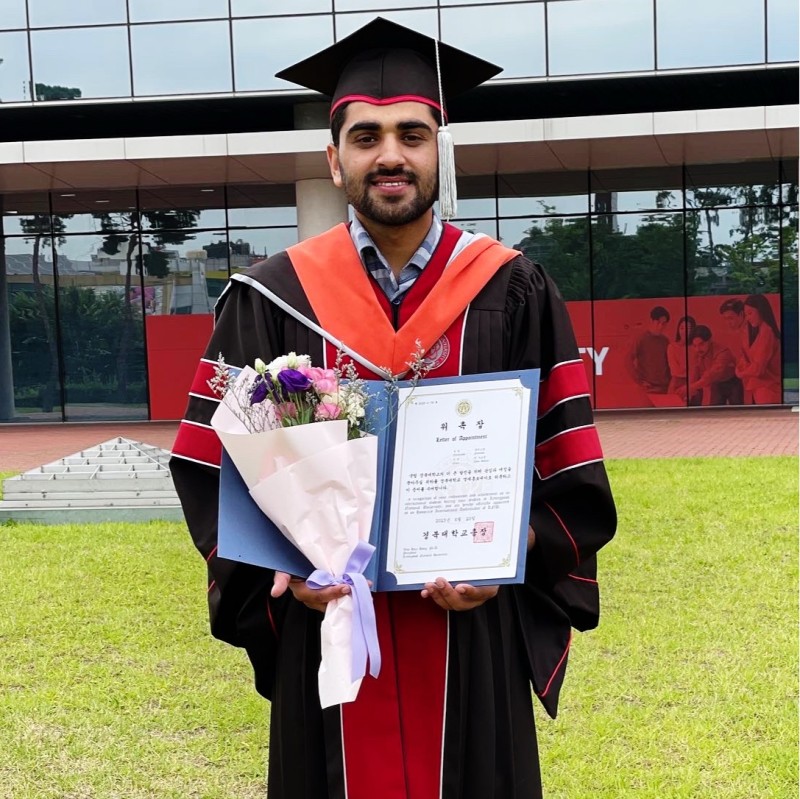Focusing on Streamflow Data: New Software for Camera-Based Hydrologic Modeling
Reliable and high-resolution streamflow data are essential for hydrologic research, flood forecasting, and water resource management. Streamflow gages provide necessary measurements but can be difficult and expensive to build and operate. Camera-based monitoring offers a promising, non-contact alternative to or augmentation of traditional streamflow gages. However, broad use of camera-based streamflow monitoring has been limited by operational challenges including how to collect, store, manage, and process the large volume of image and video data produced by monitoring cameras.
With help from Arpita Patel and the CIROH Cyberinfrastructure and DevOps Team, who assisted our team with access to Amazon Web Services and the Google Cloud Platform, we developed and tested new cyberinfrastructure that advances camera-based hydrologic monitoring.
Traditional dataloggers used in hydrologic monitoring focus on interfacing with conventional sensors (e.g., pressure transducers, float gages, etc.) and lack some capabilities required for camera-based monitoring. Low-cost field computers like the Raspberry Pi provide a capable alternative, but lack out-of-the-box software required to support high-resolution image and video capture, management of the large volume of data that accumulates, data processing, and cloud uploading processes. Because of this, we had to build the functionality required to combine low-cost field computers with cloud computing services to produce an operational, real-time, cloud-integrated, camera-based streamflow monitoring system.





